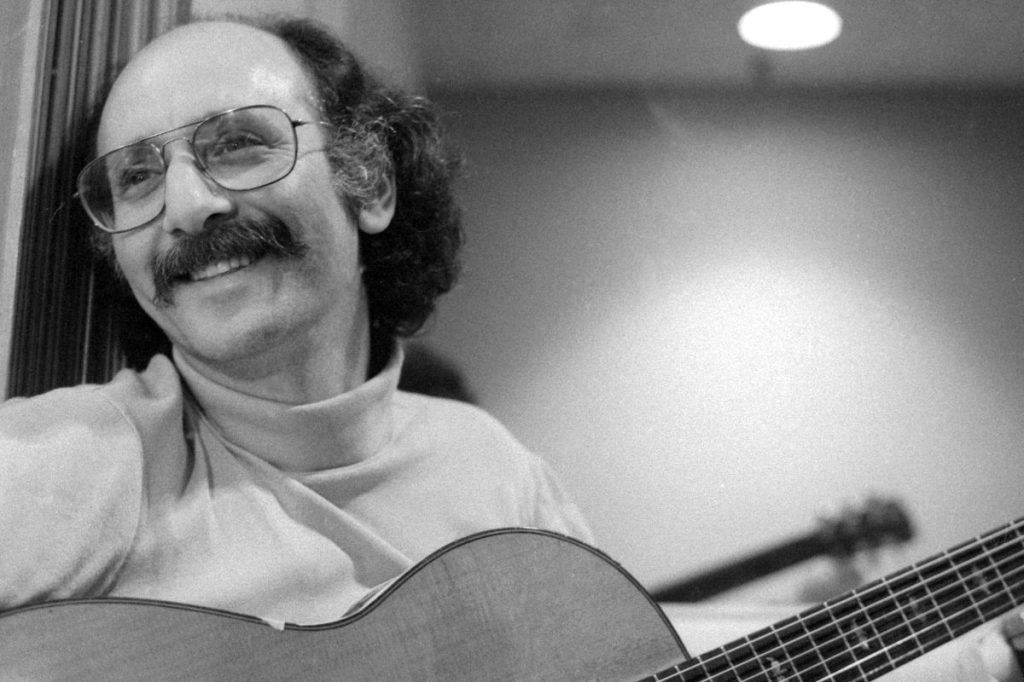Tristan Perich wants you to have a more immediate emotional connection with electronic music. His second full-length 1-bit album, 1-bit Symphony, isn’t titled as such out of pretension. It is in fact a veritable symphony, composed of five movements, contained by and constructed on a single microchip encased in a CD jewel case. The whole thing is a self-contained entity with music and listening device in one—you simply plug your headphones into a headphone jack built into the CD case, flip the on/off switch and behold as the simple circuit sparks into action. In Perich’s work, the process of music creation and production is rendered almost entirely transparent, both figuratively and literally. The wires and guts are completely exposed in the CD case, which is constructed by hand and coded by the artist, and this transparency of process is exactly what Perich is after.
Perich has been dabbling in music composition since he dropped out of piano lessons as a kid and began referring to himself as a composer as early as the 8th grade. Unlike most kids that age, however, he actually lived up to the moniker. Nowadays, Perich composes music for instrumental performance as well as for his own, slightly geekier, 1-bit releases.
Videos by VICE
1-bit Symphony is set to be released on Cantaloupe on August 24, 2010. If you’re in NYC, stop by the record release party is this Friday, August 20th at Roulette.
The Creators Project: So you’ve been composing music for a while. How did you get started on this whole 1-bit thing?
Tristan Perich: I guess I’ve always been interested in the triumvirate of music, mathematics and computer science. But the computer programming and the music were always separate for me until I got to college. In college I took a class with this guy Douglas Repetto, who started Dorkbot, and he basically taught me how to work with microchips and create art or music or whatever it is, around that structure. And all of a sudden things got super, super interesting.
What do you like about working with microchips?
Microchips are about as far from composing electronic music on the computer as you can get. They’re still computers, but with the laptop, your whole experience is mediated and you’re not in touch with what this thing is really doing. You’re working with information but you’re not understanding it.
This is the second 1-bit album you’ve made in the past few years. What draws you to this style and way of producing music?
I love the 1-bit sound so much—this kind of gritty, digital, electronic sound is the greatest thing for me right now. The aesthetics are such a big part of it. What I realized is that all of these conceptual spaces that I work in would be kind of meaningless unless they were somehow emotional or beautiful. For instance, Philip Glass’s early works are really hardcore—super repetitive, very abstract conceptual pieces—but you listen to them and you get this sense of immensity, this profound sort of experience. It makes you wonder, how can stuff that’s so pure and cerebral also be so moving and beautiful and heartfelt? That’s sort of the end goal for me with this stuff.
Would you say that you emulate that aspect of Philip Glass’s work?
I’d say I create music that moves me and that I hope moves other people, too. “Emulate” is a funny word but yeah, I’m interested in things that have elements of beauty.
How does writing music for traditional instruments compare with writing music for microchips?
As a composer, when you’re writing for instruments, like for instance the violin, you think about, what does the violin mean to me? What’s interesting about it, both in terms of its sound and how it’s played? You consider all the different things that make up the violin as an instrument. I think that the same is true of electronics when you’re using those as music. It is an instrument with certain characteristics and certain advantages and limitations.
So what considerations about the microchip as an instrument did you take into account when creating the 1-bit Symphony?
I wanted to take this simple system, which is really just a framework for playing back tones, and to use that framework to create something with a high degree of richness to it. It was a bit of a contradiction, but that’s what was interesting about it. So, the album is very polyphonic, and it deals with these sort of rhythmic structures that to me are based very much on the idea of process. Process pervades the album.
For instance, the end of the album has this process where it breaks down the melodies and they get more and more sparse until eventually they settle into a single 9-voice chord—just a simple cluster of pitches that plays forever until you turn it off or the battery runs out.
Why did you decide to leave the piece open-ended?
It’s something I’ve been doing a lot with music I compose for the stage where [the performers] end on a single chord and keep it for maybe 2 to 3 minutes. Then it gets cut off very abruptly. It has a sort of existentialist feeling; it sort of erases everything that came before. This whole piece happened, all these things happened, and then you’re left with this single chord that’s sort of all that’s left of everything. It’s like a palette cleanser and it just leaves you in this space where you don’t really understand how much time has gone by. It resets everything.
Check out our roundup of futuristic instruments, and Perich’s page on our sister site Motherboard for more on innovative music making.
More
From VICE
-

Sherry Rayn Barnett/Michael Ochs Archives/Getty Images -

Screenshot: NVIDIA -

Screenshot: YouTube/FunkopotamusWes -

Michael Simon/GC Images